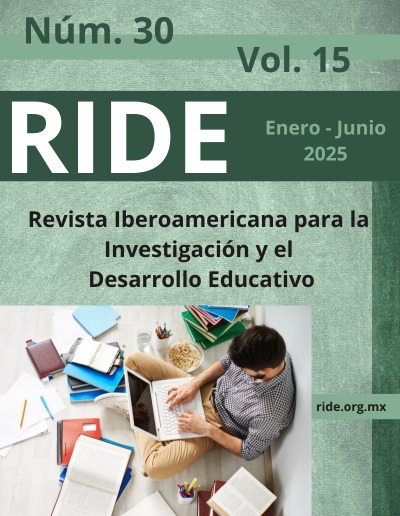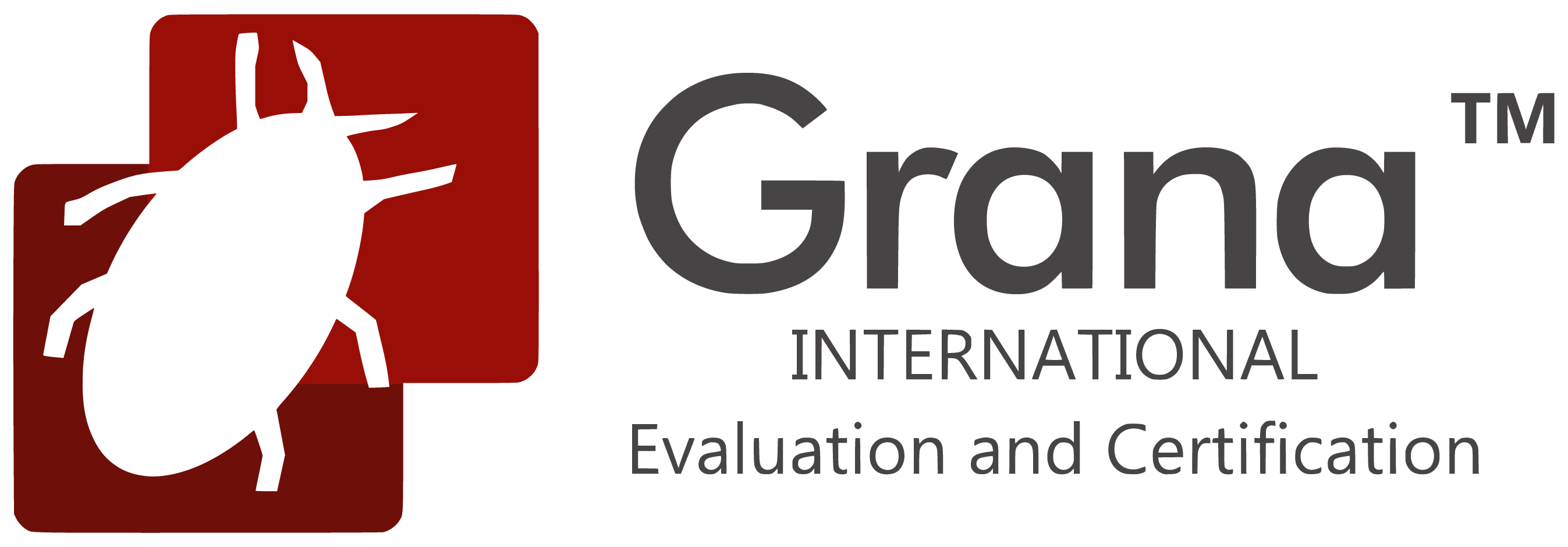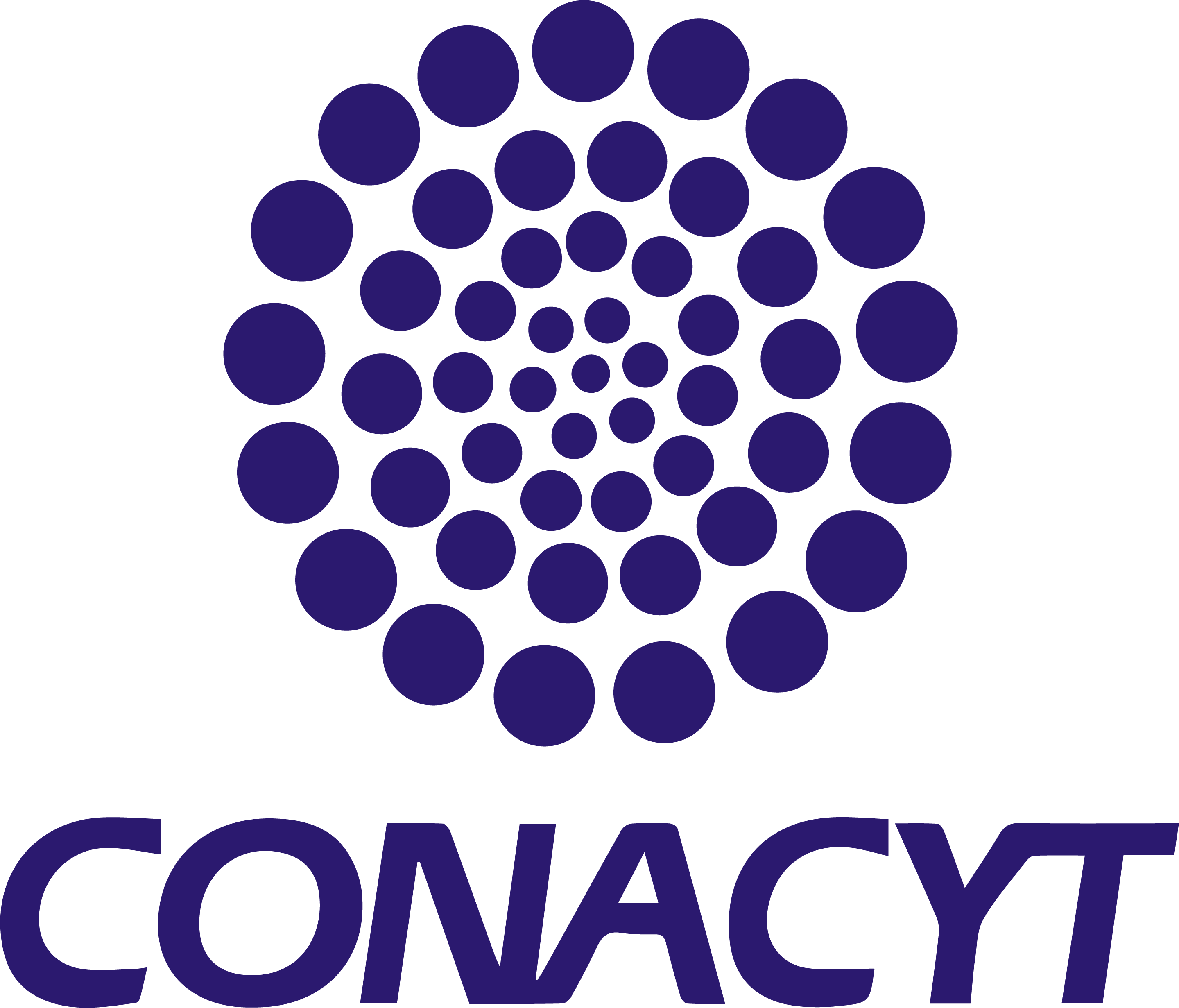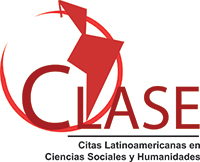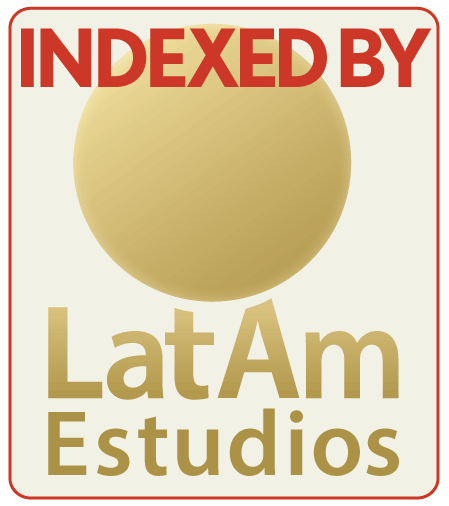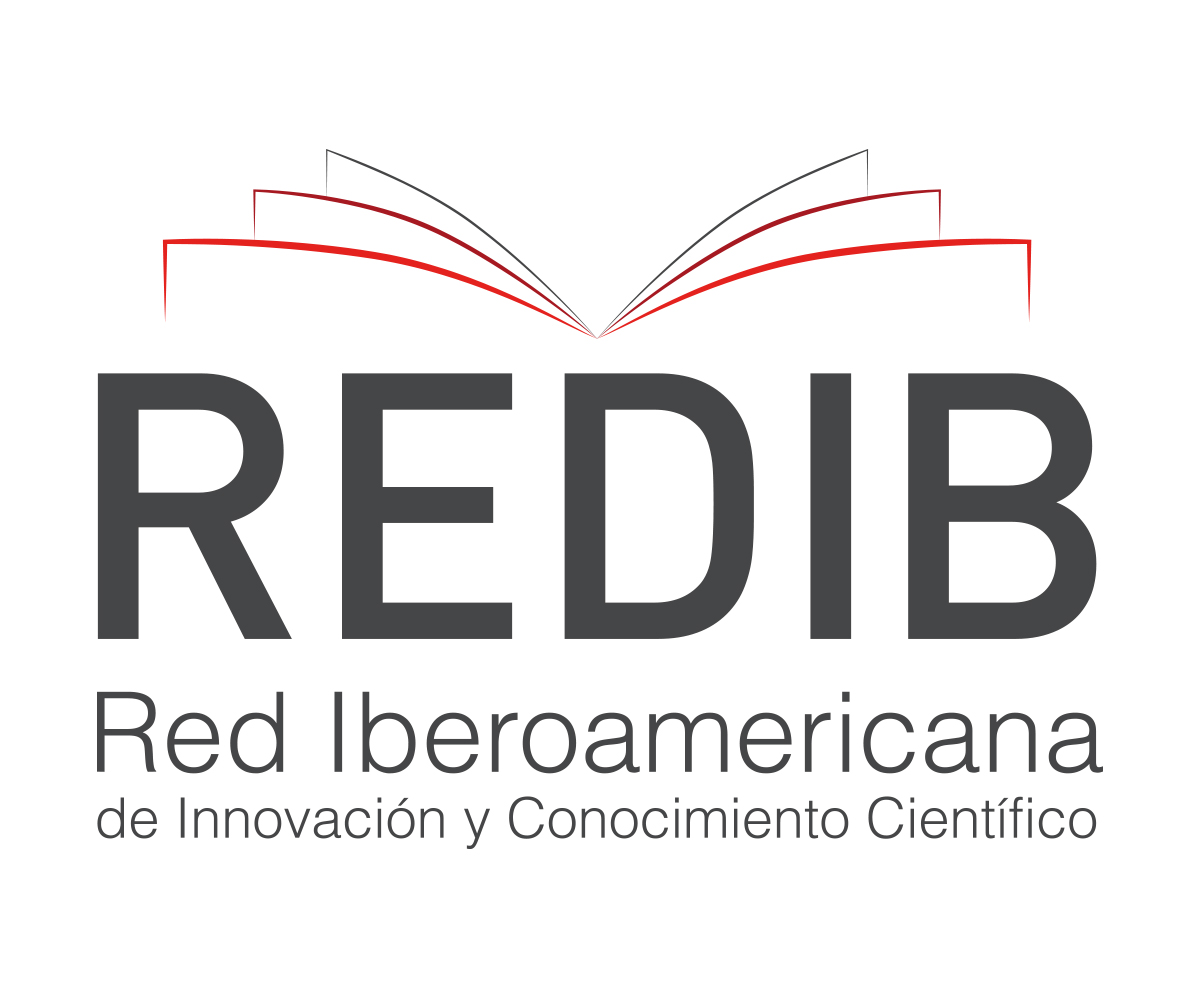Iterative redesign of a self-managed course for teaching probability and statistics at graduate level in distance education
Abstract
The implementation of course activities depends on the teaching modality and how they are designed, which requires planning adapted to the specific context of application. This article aims to describe the development and evaluation of self-managed activities in a regularization course on probability and statistics at the graduate level, delivered in a virtual format. The sample included 132 applicants and students distributed across four iterations. They participated in the course through Moodle and completed a final questionnaire, which revealed several determining factors such as platform management, activity presentation, ICT resources, and continuous feedback. The application of Design-Based Research (DBR) led to progressive modifications that improved both students’ learning experiences and their academic performance. The self-managed approach proved to be flexible, enabling students to organize their time and space to complete the proposed activities within the established deadlines. However, challenges related to the distance learning modality were identified, leading to the implementation of additional strategies such as improved planning and constant communication between the teacher and students.
Downloads
References
Belfiori, L. (2014). Enseñanza de estadística con recursos TIC. Congreso Iberoamericano de Ciencia, Tecnología, Innovación y Educación. Buenos Aires, Argentina (pp.1-14).
De Benito Crosetti, B., y Salinas Ibáñez, J. M. (2016). La Investigación Basada en Diseño en Tecnología Educativa. Revista Interuniversitaria de Investigación en Tecnología Educativa, 0, 44–59. https://doi.org/10.6018/riite2016/260631
Easterday, M. W., Rees Lewis, D. G., y Gerber, E. M. (2018). The logic of design research. Learning: Research and Practice, 4(2), 131–160.
Guisasola, J., Ametller, J., y Zuza, K. (2021). Investigación basada en el diseño de Secuencias de Enseñanza-Aprendizaje: una línea de investigación emergente en Enseñanza de las Ciencias. Revista Eureka sobre Enseñanza y Divulgación de las Ciencias, 18(1), 1801_1-1801_18. https://doi.org/10.25267/Rev_Eureka_ensen_divulg_cienc.2021.v18.i1.1801
Muñoz Maldonado, S. I., Sánchez Medina, R., Enríquez Negrete, D. J., y Rosales Piña, C. R. (2017). Contraste de Estudiantes Universitarios Presenciales y en Línea en un Curso Autogestivo: el Papel de la Autoeficacia y la Motivación. Hamut’Ay, 4(2), 7. https://doi.org/10.21503/hamu.v4i2.1467
Núñez Naranjo, A. F., Becerra García, E. B., & Olalla Pardo, V. E. (2021). Autogestión del aprendizaje: Revisión de la literatura. Explorador Digital, 5(2), 6-22. https://doi.org/10.33262/exploradordigital.v5i2.1649
Ponce-Ponce, M. E. (2016). La autogestión para el aprendizaje en estudiantes de ambientes mediados por tecnología. Diálogos sobre educación, 7(12), 1–23.
Ramos-Galarza, C., Rubio, D., Ortiz, D., Acosta, P., Hinojosa, F., Cadena, D., & Lopez, E. (2020). Autogestión del aprendizaje del universitario: un aporte en su construcción teórica. Revista Espacios, 41(18), 16-30.
Valverde-Berrocoso, J. (2016). La investigación en Tecnología Educativa y las nuevas ecologías del aprendizaje: Design-Based Research (DBR) como enfoque metodológico. Revista Interuniversitaria de Investigación en Tecnología Educativa, 0(junio), 60–73. https://doi.org/10.6018/riite/2016/257931

This work is licensed under a Creative Commons Attribution 4.0 International License.
In order to promote the development and dissemination of research in education in Latin America, the Ibero-American Journal for Educational Research and Development (RIDE) adhered to the Budapest Open Access Initiative, which is why it is identified as a Open access publication. This means that any user can read the complete text of the articles, print them, download them, copy them, link them, distribute them and use the contents for other purposes. Creative Cummons licenses allow users to specify the rights to use an open access journal available on the Internet in such a way that users know the rules of publication. Authors who publish in this journal accept the following conditions: Authors they keep the author's rights and give the magazine the right of the first publication, with the work registered with the attribution license of Creative Commons, which allows third parties to use the published material whenever they mention the authorship of the work and the first publication in this The authors can make other independent and additional contractual agreements for the non-exclusive distribution of the version of the article published in this journal (eg, include it in an institutional repository or publish it in a book) as long as they clearly indicate that The work was published for the first time in this magazine. Authors are allowed and recommended to publish their work. low on the Internet (for example on institutional or personal pages) before and during the review and publication process, as it can lead to productive exchanges and to a greater and faster dissemination of the published work

